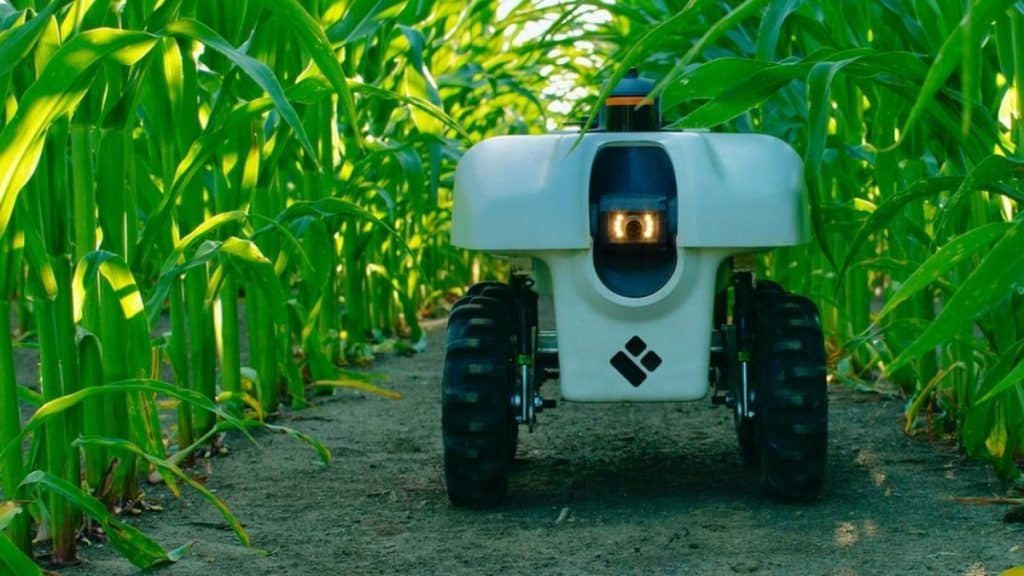Technology is changing our world at a rapid pace – so far we can barely keep up. Farming has entered the 21st century with amazing potential thanks to the amazing, modern technology known as smart farming. Smart farming allows farmers to manage farms more efficiently and safely, while at the same time making the farm more profitable.
So which smart farming technologies should you be keeping your eye on? Read on to find out our top picks.
1. IoT Platforms and Monitoring
This is perhaps the most important aspect of smart farming as it allows remote monitoring from the user to overview, control and manage all the different areas of their farm through an interconnected communication system between the IoT platform and the technologies available around the farm. From your IoT supported smartphone or tablet, you will be able to view all the monitoring systems in place and be notified if there is something that requires attention. You will be able to manage the irrigation systems, view surveillance footage, check crop growth, and so much more.
2. Surveillance
Security and safety should always be a top priority on any farm, and the use of modern surveillance systems will increase security and safety. Engineers and technicians can design a surveillance system that will cater to the specific needs of a farm, which you can operate and view remotely. This system allows for a direct feed of real time images and videos to your IoT device from cameras installed throughout the farm.
Tracking systems can also be designed to follow the location of your live-stock if need be, so you will always know exactly where they are. Boom gates and security checkpoints can be installed that can monitor, and even control, the checkpoints to be opened remotely.
3. Remote Power Systems
Sustainable energy is a growing need in many industries, and farming is one of those too. Both stationary solar bases and portable solar trailers can be installed around the farm, depending on the need. These portable trailers can be anywhere from 30 Watts to 2000 Watts of continuous draw. Off-grid solar panel bases can be installed in a permanent location with an even higher power draw.
Because farming is generally in remote and rural areas, power can be a sparse and challenging thing to manage. These remote power systems allow machinery, control systems, or building operations to allocate power that are in remote locations and, like almost everything else in this list, can be operated through an IoT device remotely. Technicians will install and recommend the best power solutions based on the needs of the farm.
4. Control and Automation
Machinery and devices located throughout your farm, are able to be connected to automated decision-based systems, such as a HUM Unit (Health and Utility Monitoring). This can either be controlled based on algorithms programmed into them or controlled remotely. So not only can it make decisions on its own, based on what it believes to be the best decisions, it allows farmworkers to control it if they need to micromanage an aspect of the farm. Automation is a complex system that needs to be designed from the ground up by engineers and technicians, so it’s user friendly and manageable for farmers to use.
To understand Automation, it’s best to break it down into its three primary elements:
- Readings and measurements are taken from sensors and sent to a control module.
- The control module, or the HUM Unit (basically the brains of the system) takes these readings and processes them within, before it decides what the best action to take is.
- Finally, action is taken by actuators that control any mechanically engineered piece of equipment such as a pump, valve or piston.
This Automation allows farmers to prioritise their time, labour and safety whilst working on the farm.
5. Connectivity Reliability
As you have probably come to understand, a lot of these smart farming technologies are reliant on the use of remote connectivity i.e wirelessly. The thing to keep in mind with wireless systems in place is ensuring their reliability and, on a farm, having a secure connection with these devices and systems is paramount, as even the smallest malfunction or change that goes by without anyone noticing can be crucial in farming – costing the farm a lot of money. So the top of the line network devices that can connect to the satellite, 4G, and NBN provides a fast system that can transfer data at 1GB/sec. The network creates a powerful and secure WiFi mesh, in both fixed locations and portable.
Consider Smart Farming on your farm
Smart farming offers a range of advanced and modern solutions for any farm. If you run a farm yourself, there are smart farming solutions that will benefit you. These technologies will produce a higher crop yield at a high quality, and make it safer for all working on the farm – and it’s something you need to consider when looking at the sustainability and longevity of your property.
